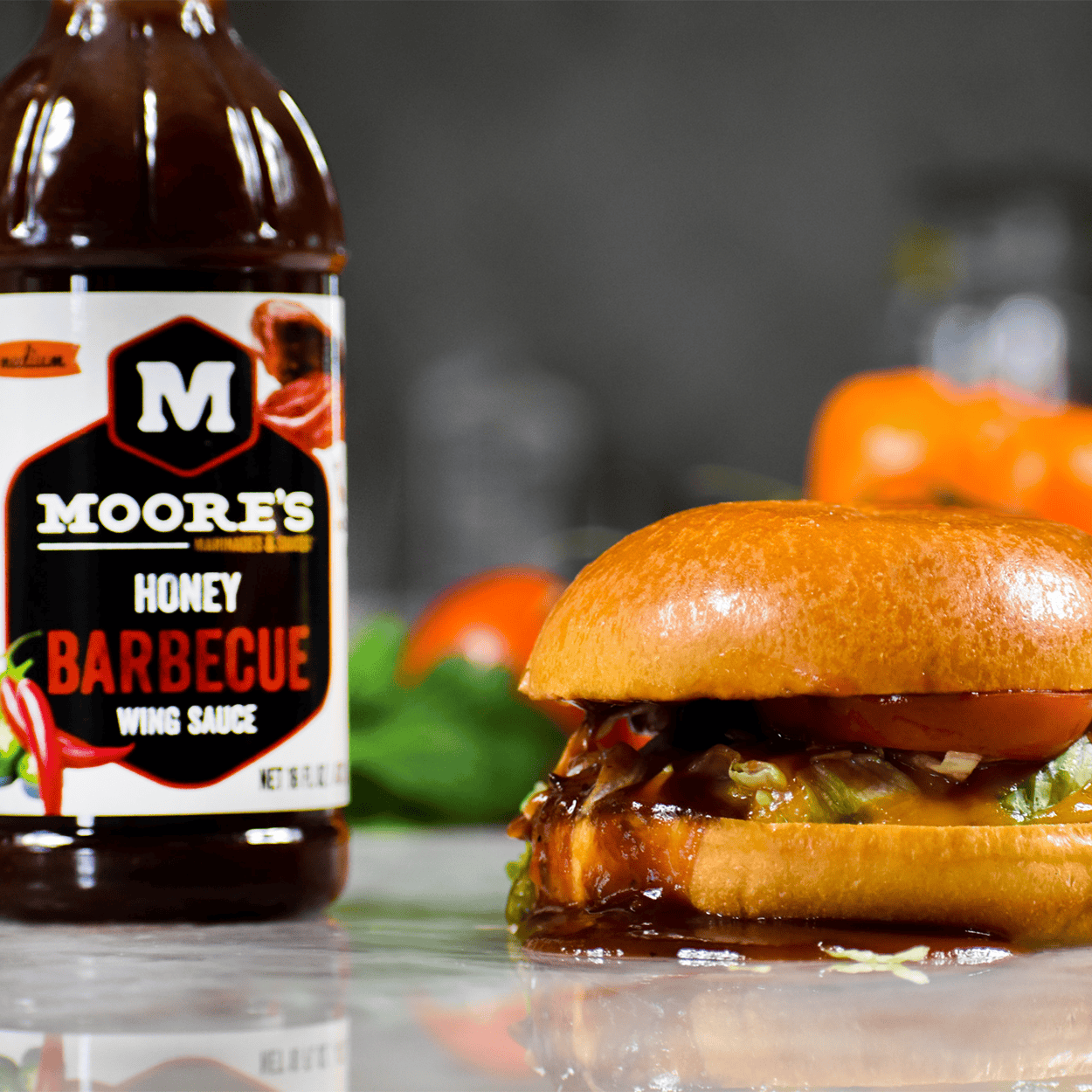In today’s crowded digital world, developing a food and beverage social media marketing is essential for capturing consumer attention, building trust, and creating loyal customers. Food and beverage brands need more than just a social media presence—they need a well-defined strategy that highlights their unique appeal, resonates with audiences, and encourages engagement. This guide provides an in-depth look at how CPG brands can use social media strategically to reach their goals, from picking the right platforms to creating content that resonates and tracking performance for long-term success.
Why Social Media marketing Matters for Food and Beverage
Social media allows food and beverage brands to directly connect with consumers, build visibility, and foster trust. Food and beverage social media marketing helps showcase products visually, enabling consumers to picture themselves enjoying them. It also facilitates sales with shoppable posts, and feedback loops allow brands to respond quickly to consumer preferences and trends.
Choosing the Right Platforms
The foundation of a successful food and beverage social media marketing begins with selecting the right platforms. Different platforms cater to different types of content and demographics, and it’s essential to choose those that align best with the brand and audience.
Instagram is ideal for visually-driven brands. It allows for high-quality product photos, recipes, and customer stories. Instagram Stories and Reels offer the chance to share quick, behind-the-scenes looks at the brand, and shoppable tags enable direct purchases from posts.
TikTok
TikTok appeals to younger audiences with its short, creative videos. Recipes, unique product uses, and quick behind-the-scenes videos can engage followers here, especially when paired with influencer collaborations or hashtag challenges.
Facebook remains relevant for its broad user base, ad capabilities, and community-building features. Brands can use Facebook Ads to target consumer groups, create groups for loyal customers, and share longer-form content like demos or customer reviews.
For inspiration-focused content, Pinterest is powerful. Brands can create pins linked to recipes or blog posts and organize boards by themes like “Healthy Snacks” or “Meal Prep,” making it easy for users to find exactly what they’re looking for.
YouTube
YouTube offers a platform for longer videos, such as cooking tutorials, brand stories, and detailed product demos, all grouped in playlists to enhance discoverability.
Creating Engaging Content
The next step in a successful Social Media Strategy for Food and Beverage Brands is producing content that keeps followers interested and engaged. Different types of content work well depending on the platform, but it’s essential to keep things fresh and aligned with the brand’s voice and image.
Recipe Videos and Demonstrations
Recipe videos offer ideas on how to use products creatively, positioning the brand as a kitchen staple. Short, high-quality videos work well for Instagram and TikTok, showcasing easy recipes with clear steps and a focus on the featured product.
Product Photography
High-quality product images using natural light and complementary props make products look appealing and enhance the brand’s perceived quality.
Stop Motion Videos
Stop motion is an engaging format, ideal for showing products in an entertaining, eye-catching way, such as step-by-step recipe tutorials.
Behind-the-Scenes Stories
Behind-the-scenes content builds transparency and trust, which today’s consumers appreciate. Short videos or stories showing a day in the life at the company or the product creation process can humanize the brand.
User-Generated Content (UGC)
UGC taps into social proof by highlighting real customers enjoying the product. Encouraging customers to tag the brand in their posts or creating a branded hashtag lets users share their experiences while building a sense of community.
Influencer Collaborations
Influencer collaborations can extend reach, especially with influencers who align with the brand’s values. For example, a wellness influencer might share a recipe featuring a health-focused product, providing both credibility and exposure.
Educational Content
Educational content positions the brand as an authority, offering value through tips on product usage, ingredient highlights, or interesting facts related to health benefits.
Maintaining Brand Consistency
A cohesive brand voice and visual identity across platforms are essential to a successful food and beverage social media marketing. Consistency helps consumers recognize the brand and builds trust.
For example, a brand with a playful, youthful image should keep its tone light and energetic, while one focused on sustainability might opt for a more informative and serious tone. Similarly, a consistent visual style—such as using the same color palette, logo, and photo style—reinforces brand recognition. Brands should also make sure their core messages, such as quality or sustainability commitments, are reiterated to reinforce trust.
Tracking and Optimizing Performance
To gauge if the Social Media Strategy for Food and Beverage Brands is working, tracking key performance indicators (KPIs) is crucial.
Engagement Rate
Engagement rate measures likes, comments, and shares, giving insight into how well the audience is connecting with the content.
Reach and Impressions
Reach and impressions show how many people see the content and how often, which helps understand the brand’s visibility.
Click-Through Rate (CTR)
CTR tracks how often users are interested enough to learn more by clicking a link.
Conversion Rate
Conversion rate measures specific actions, like signing up for a newsletter or making a purchase, giving a direct insight into ROI.
Sentiment Analysis
Monitoring comments and messages for sentiment analysis can highlight areas of improvement or successes in consumer perception.
Using Paid Social Ads to Boost Visibility
For food and beverage brands looking to increase visibility and engagement, paid social ads are an effective addition to organic efforts. Clear goals are essential here—whether the objective is brand awareness, website traffic, or direct sales.
Targeting options on social media make it possible to reach specific demographics. For example, a health-focused brand might target users interested in fitness and wellness. Ad types should align with campaign goals; carousel ads are ideal for showcasing multiple products, while video ads work well for telling a story or demonstrating product benefits.
Building a Long-Term CPG Social Media Strategy
A thoughtful and consistent Social Media Strategy for Food and Beverage Brands can help CPG brands connect with customers and grow their presence. To recap:
- Choose platforms that align with the audience and content style.
- Create engaging, valuable content that keeps followers interested.
- Maintain brand consistency in voice and visuals across all platforms.
- Regularly track performance metrics and use insights to optimize.
- Leverage paid ads to boost reach and engagement when needed.
A successful social media strategy requires commitment, creativity, and a clear understanding of the target audience. By following these steps, food and beverage brands can cultivate a loyal following, encourage engagement, and turn casual followers into long-term customers.



